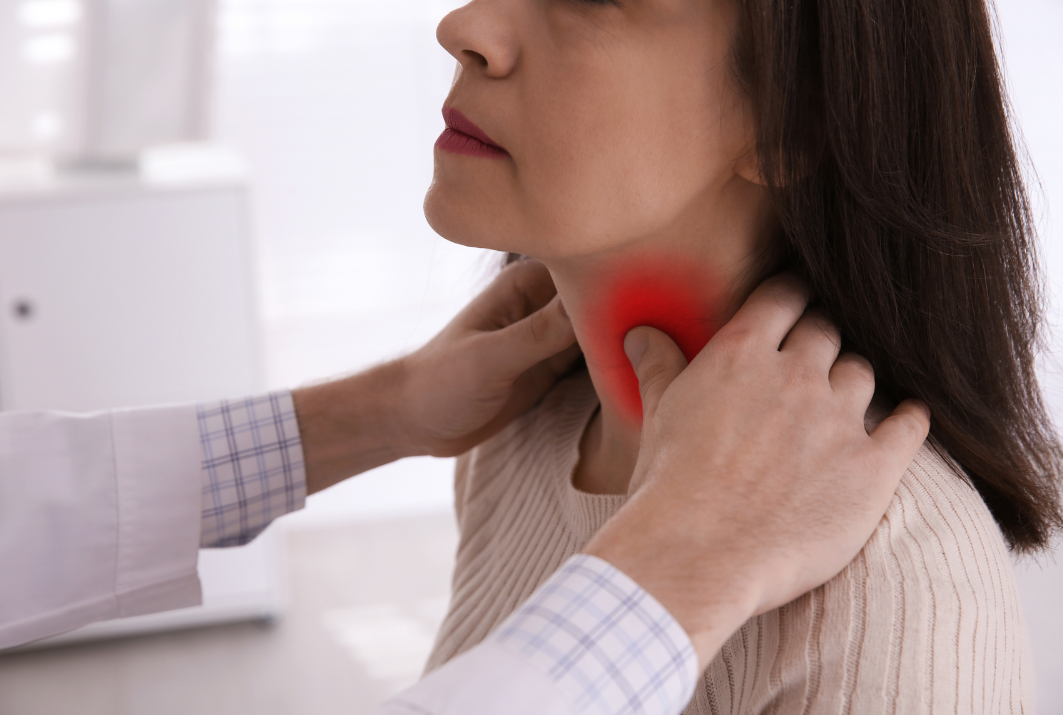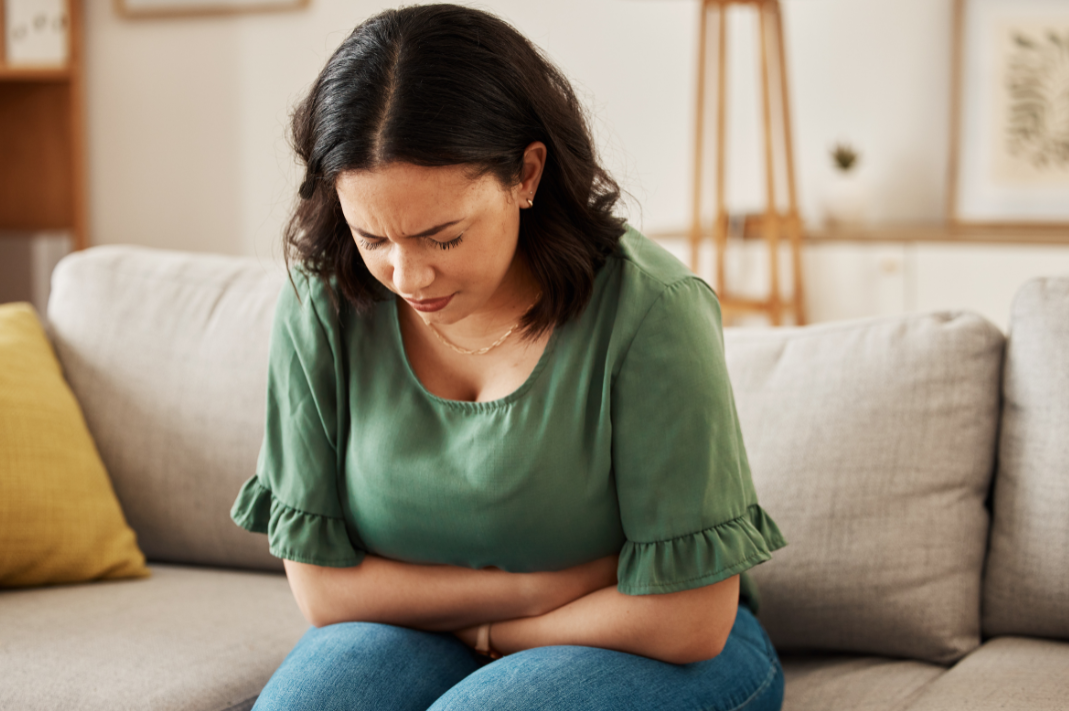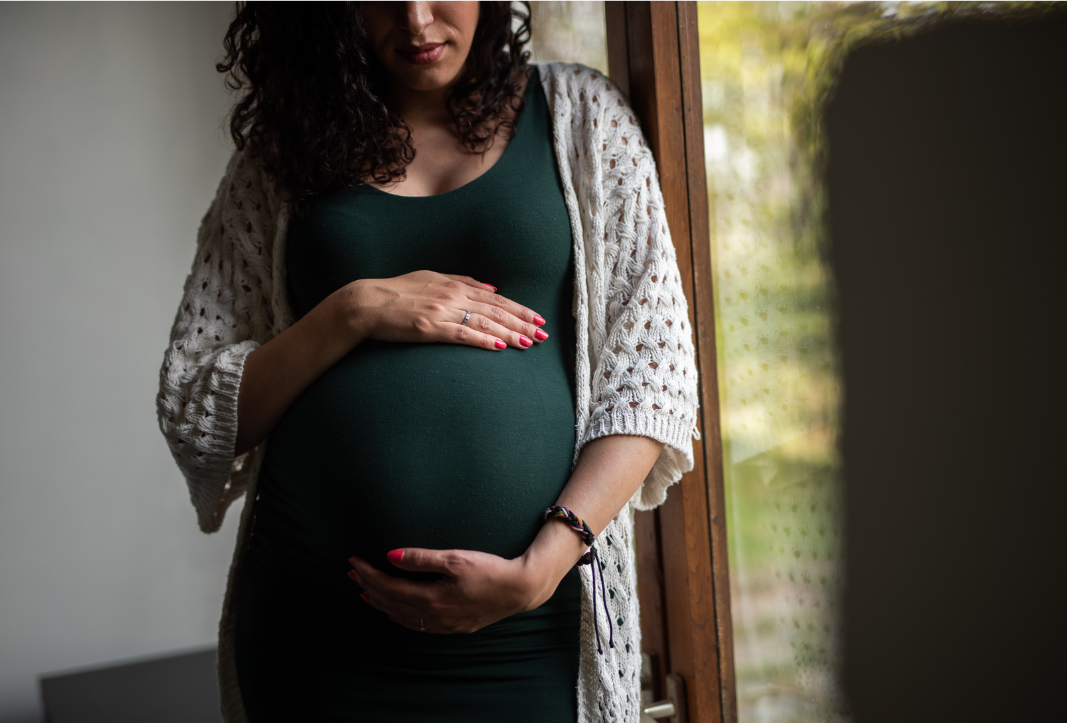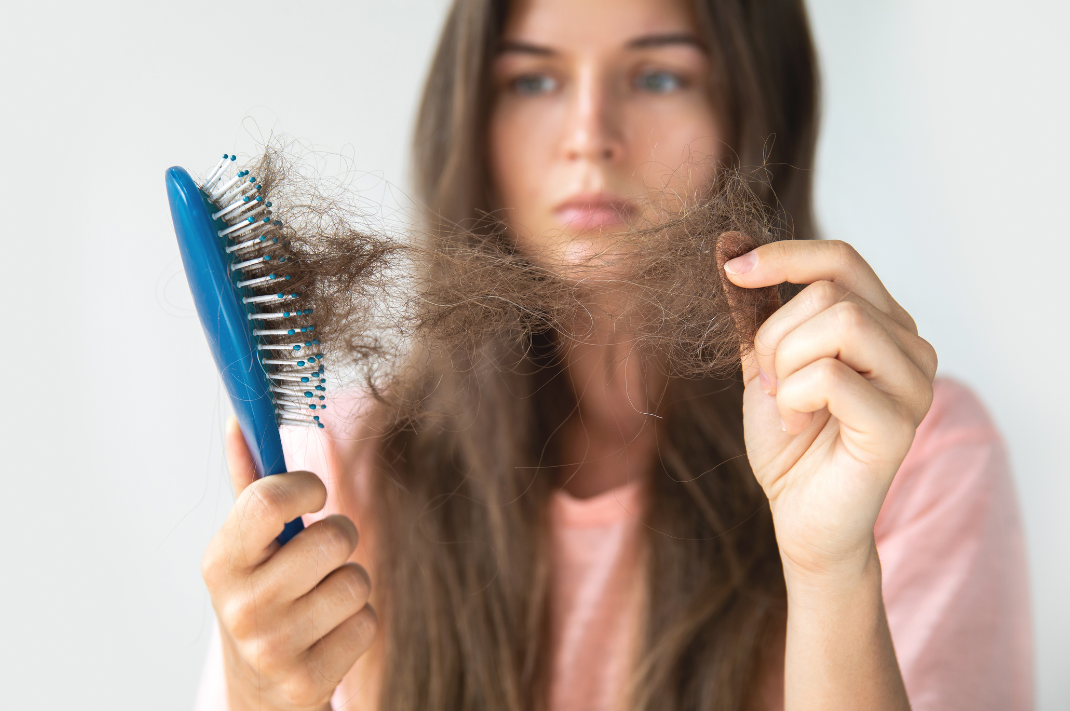Blog

The Potential Aftermath Of Postpartum Thyroiditis
Postpartum thyroiditis is a condition that affects the thyroid gland in the postpartum period. It typically occurs within the 1st year after birth and mothers experience a wide range of symptoms. The majority will have their thyroid function return to normal within 1-2 years, although some mothers go on to develop chronic thyroid disorders like Hashimoto's thyroiditis.

Is Your Low Iron Affecting Your Thyroid Health?
Low iron is a very common theme with the mums I work with. Yet few know about the distinct relationship between our iron levels and our thyroid function. Our thyroid gland is very nutrient-dependent, and iron is just one of the essential nutrients it needs. It’s often called the master gland because it's vital for the overall functioning of our metabolism.

Are Your Heavy Periods A Red Flag For A Thyroid Issue?
Heavy periods are a symptom of a hormone imbalance. The key is identifying where this imbalance is stemming from and/or what’s driving this imbalance in the first place. This triad: the OVARIES ~ ADRENALS ~ THYROID axis works together. Each influence each other and are constantly communicating with each other.

How Hashimoto’s Hypothyroidism Can Effect Your Digestion
Up to 40% of those diagnosed with the autoimmune, underactive thyroid condition (Hashimotos hypothyroidism) have low stomach acid. This can result in symptoms including ‘reflux’, gas, bloating, SIBO (small intestinal bacterial overgrowth), feeling full or tired after meals and IBS (irritable bowel syndrome). It can also contribute to low iron or vitamin B12 and/or anaemia.

Pregnancy: The ‘Ultimate Stress Test’ For The Thyroid Gland
A mother’s thyroid gland in pregnancy needs to increase its hormone production by at least 50%! This is for her own need for thyroid hormones, and to supply her baby with thyroid hormones. For up until 16-20 weeks, the baby relies completely on the mother’s thyroid hormones until it’s own gland is mature enough, in the 3rd trimester.

Postpartum Hair Loss: What’s Normal, What’s Not
If you’ve been pregnant you’d probably remember the lusciousness of your hair; thick, shiny, long. This was thanks to the high amounts of circulating oestrogen and progesterone, this helps keep our hair in the ‘growth’ phase compared to the ‘loss phase’. Then we arrive at postpartum and enter a new hormonal state - and the shedding begins.
